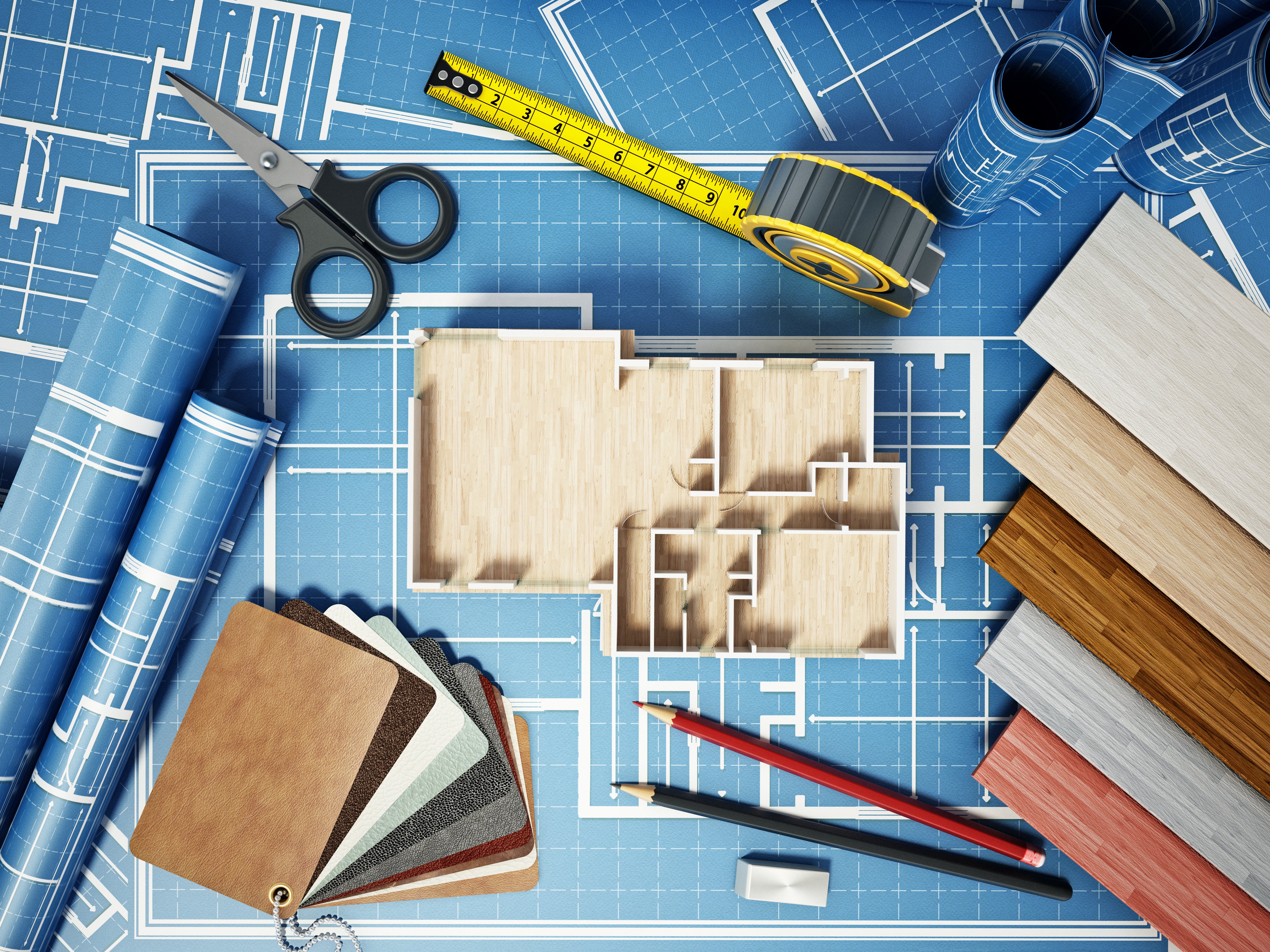
Have you considered taking on an architectural design project in the coming year? People often hesitate getting started because of the overwhelming number of considerations and risks involved in the process.
However, addressing these items in the earlier stages of the project can help you avoid costly issues like delays while making the process much more enjoyable.
(Free download: Which Project Delivery Is Right For Your Development?)
Nothing is more exciting than creating a new project for your business or community. But, the design and construction process can be a frightening roadblock for those who haven’t been through it before.
In today’s blog, we’ll be discussing the importance of a design brief and what needs to be included to ensure a successful architectural design project.
Creating a Design Brief
A design brief establishes any expectations, preferences, aspirations and work styles up front. The goal of a design brief is to line out the most critical steps involved in the project while reducing the number of project compilations, delays and unnecessary money spent.
A design brief is crucial because it helps designers and contracts better understand your project and what to include in the pricing. This results in more accurate cost estimates and timelines.
Defining the scope can be easier said than done, though – especially when there are so many design possibilities. In the following sections, we’ll explore the major elements of your project: site, space and design. We’ll also include some key questions to ask during the planning stages of your architectural design project.
1. Establishing Your Site
Surrounding infrastructure plays an important role in shaping your design. Evaluating factors such as location, topography, climate, orientation, views, access, and any contextual considerations will help inform the design team.
Select firms like Prime Architects can assist you in a feasibility study prior to purchasing a property. Here are some other questions you’ll need to address:
- Is the site underdeveloped or re-developed?
- Is it zoned or is the site currently platted?
- What are some existing uses around the site?
- Is there a need for deceleration or acceleration lanes near entrances and exits?
- Are utilities available?
- What drainage requirements are needed?
2. Laying Out Space
Plans are one of the simplest architectural elements to create space. There are three spatial relationships in design: space within a space, space overlapping a space, and space abutting a space.
An architect’s role is to carve out space, assigning function to physical areas while designing first and foremost around the space’s occupants. Here are some questions you should consider regarding space:
- What are specific spaces used for, and by whom?
- What are some of the space’s daily routines?
- How many people will work in the space? Who does what?
- How many offices, workrooms or other spaces are needed?
- Do you need space to educate or entertain?
- What are your feelings toward indoor and outdoor spaces?
- What type of equipment do you need storage for?
- Are there any special requirements like accessibility, parking, etc.?
Essentially, strategically laying out a space will ensure that the design effectively meets the functional, aesthetic, and experiential goals of the project. It involves a balance between creativity, technical considerations, and the specific needs and preferences of the users.
3. Designing the Atmosphere
As you may know, empty spaces still produce sound (even through the stillness and silence of materials). In architecture, atmosphere refers to the sensorial qualities a particular space emits. Atmosphere is an important element because it gives the visitor a sense of comfort and awareness to the space.
Similar to art, it’s perceived through emotional stability. Meaning, you can be mentally or emotionally affected by it before you understand it. Here are some factors to address as you begin working with a designer:
- Do you want the space to feel formal, casual, relaxed or active?
- What is the style of your space? (i.e. bold, industrial, contemporary)
- What are you trying to do or achieve with this space?
- What are your metrics of success? How do they fit into the overall project strategy?
Designing the atmosphere in architecture involves creating a sensory and emotional experience within a built environment. It focuses on evoking specific moods, feelings, and responses through the maneuver of various design elements. Those design elements can feature lighting, material and texture, color palette, spatial configuration, sound and acoustics, sensory elements, and contextual integration.
What Are Some Other Factors I Need to Consider?
Details
List out the major equipment and furniture you own as well as items you plan on purchasing for the space. Where will these be located in the space? Do you have computers or equipment that requires access to special outlets? How about restrooms and shared spaces? These small details can greatly impact the way your space is planned.
Sketching
Now, spend time sketching out your thoughts. If your project involves altering an existing space or purchasing a listed building, you’ll be constrained by existing structures and services. However, if you’re starting from scratch, let your imagination run wild but be prepared for your architect to suggest other approaches. When free-flowing ideas, ask yourself what you want versus need? Considering present or potential limitations, what’s actually feasible? These drawings will help you refine your design and test its feasibility, functionality, and spatial qualities.
Materials
Next, make a list of materials you like and dislike (while keeping developmental standards and your budget in mind.) Research and select appropriate materials, finishes, and textures that align with your design concept and meet the project's functional requirements. Consider factors such as durability, aesthetics, sustainability, and maintenance. Create a material palette that can be used as a reference throughout the project.
Sustainability
There are now sustainable “green” design requirements laid down by national and local governments. There are various renewable energy solutions to consider but be mindful – they’ll add cost upfront but can save you money long-term. When making these design decisions, ask yourself how long you plan on staying in the building? Integrating sustainable practices into the design process helps minimize the negative environmental impact and promotes long-term ecological, social, and economic well-being.
Schedule
Think about any key target dates that are important to you and share them with your architect. Where do you want to start and finish the project? If you’ve purchased a listed building, do you have tenants or is it just you? Keep in mind, it takes at least 4-6 months to plan out the project, obtain permissions and prepare construction before work can begin.
It All Begins with an Experienced Architect
Building or renovating a space can be really exciting. But all too often, we hear stories of misunderstandings between contractors, clients and designers. Our hope is that you’ll use this design brief outline to guide your efforts and lay the foundation for a successful project.
If you have any questions or would like to learn more about conducting a feasibility study before purchasing property, we invite you to reach out to our team of experts today at (866) 266-8071.

